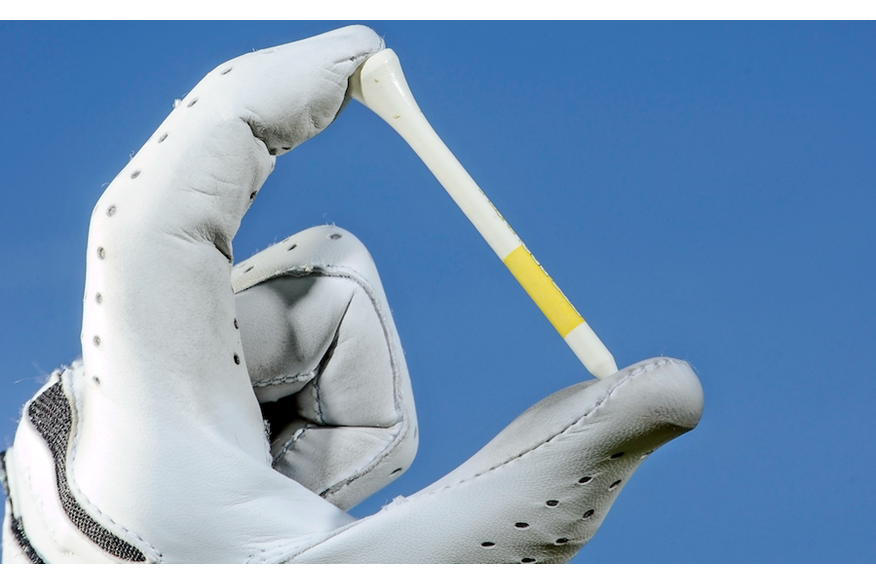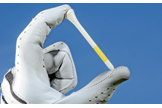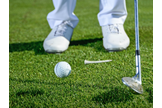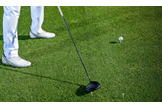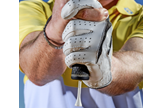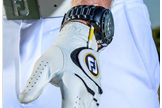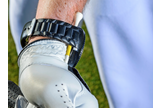These drills can save your game
Last updated:
Grab a couple of tees from your bag and try these drills to improve your scores
There are all kinds of golf swing practice aids on the market, and no doubt they can all do a job. However, they’ll also relieve you of a fair bit of cash for the privilege.
A tee peg, on the other hand, is the cheapest piece of golf equipment you can buy, and with a little imagination it can become a remarkably effective practice aid. This series of peg drills, from tee shots to short putts, will show you how to transform the humble tee peg into your secret shot- saving machine.
Drill #1: Train a square, centred putting stroke
Two pegs can give you instant feedback on your stroke… and help improve your accuracy
How to set up this drill:
Stick two tees in the ground, as far apart as the toe and heel of your putter. Place your ball between the two, its front edge in line with the two pegs. Grab your putter and address the ball, keeping the blade square to the pegs.
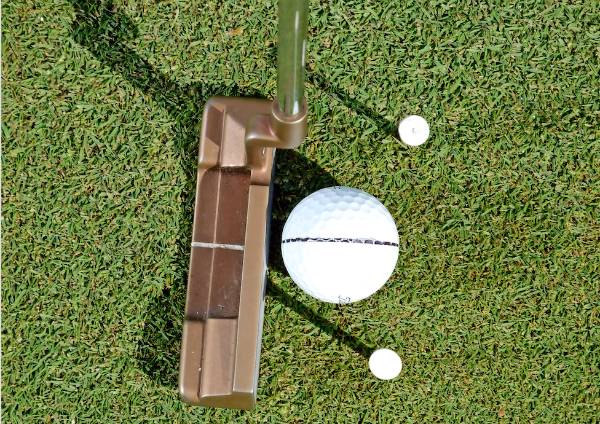
Double hit:
Strike the putt – but focus on how the face impacts the pegs. A square, centred strike sees the blade strike the tees simultaneously, knocking them both forward the same amount.
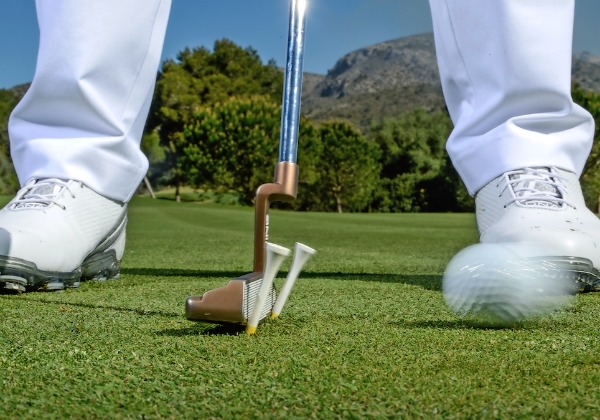
Fault Finder:
You’ll spot a misaligned face at impact because one tee will move more. If the face opens, the heel peg will take the hit; if it closes, the toe peg will. Practice until you can consistently make that simultaneous peg strike
Drill #2: Create the right bunker contact
In sand you need your wrists to hinge then release. Here’s how a tee peg can help…
How to set up this drill:
Stick a tee peg into the hole in the butt of your sand wedge. Take your regular grip and address the ball. The peg will point up to your chest.
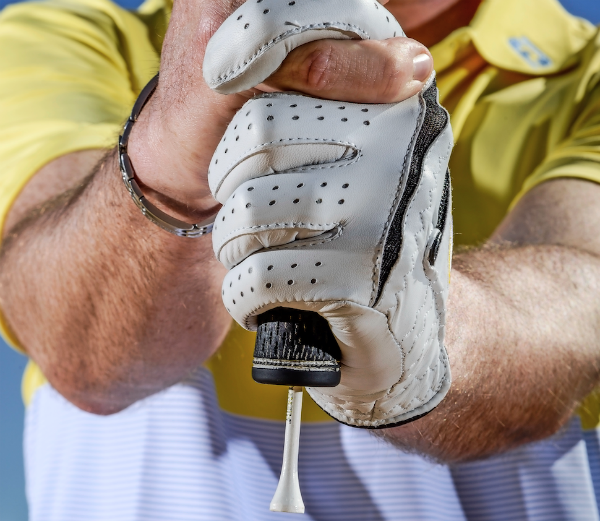
Peg points down:
During the backswing your mission is to move the peg through 180 ̊, so that instead of pointing up at your chest it points down to the sand. You can only do this by making the full wrist cock of a steeper, U-shaped swing.

Perfect contact:
From this steeper top-of-the-backswing position you’ll nd it much easier to release the club downwards, sending the club’s sole into the sand behind the ball. Ideal contact sees the sole strike the sand about two inches behind the ball.
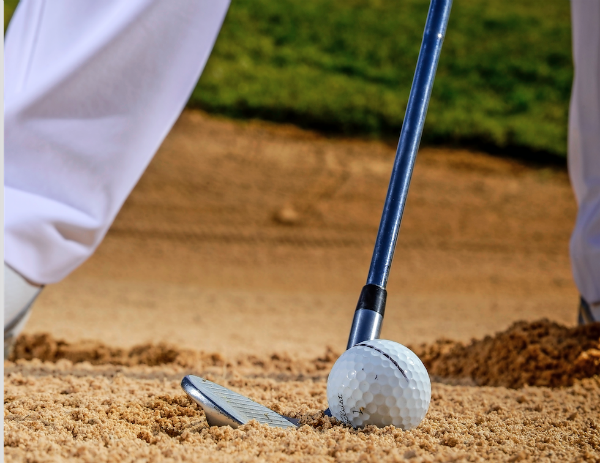
Drill #3: Tailor your takeaway to the drive
The first few feet sets up the overall swing and path. Two tees can help you dial in the shot you want to hit.
Straight Shot
Stick a tee peg in the ground a club length behind the ball, on the ball-target line. Add a second 12 inches or so inside it. If you want to hit a straight drive, set up square and sweep the club back between the two tees.
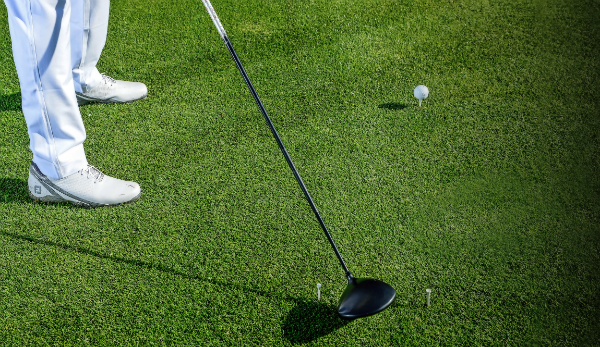
Fade Takeaway
To move the ball left-to-right (right-handers), aim feet and hips open to your target but parallel to each other. This time, as you swing the club back, check it moves over the outside tee peg. This sets up an out-to-in attack path, which produces a fade.
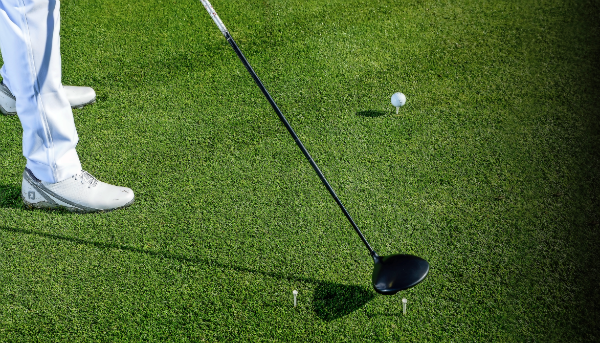
Draw takeaway
To create a right-to-left shape (right-handers), position feet and hips closed to your target but again parallel to each other. Now, sweep the club back so it skims the inner tee. This promotes the inside-to-out attack path that creates a draw.
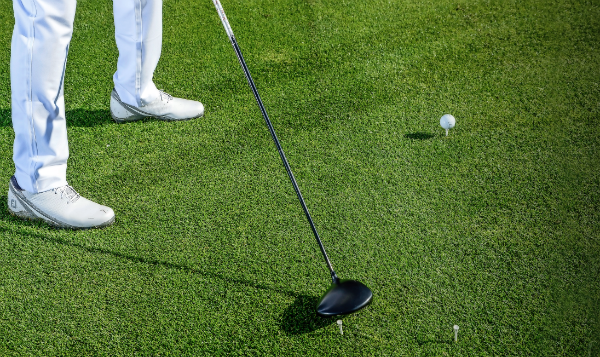
Drill #4: Strike more crispy wedges
Here is a great way to improve the quality of your strike on half shots
How to set up this drill:
Tee the ball up at least as high as you would for your driver. Address the ball with your wedge. Check the bottom of the ball is about level with the top edge of the wedge.
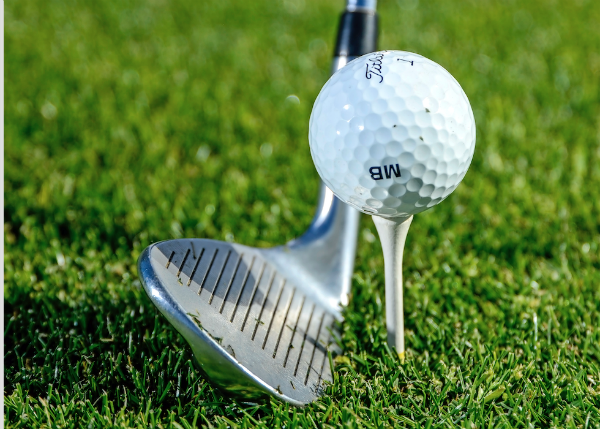
Scooper Pooper:
The enemy to a pure strike is an upward attack angle, which can lead to heavy or thin contact. Upward scooping or flicking is most likely to see the wedge’s top edge catch the ball.
Drop the ball:
Hit the chip – but your target is not the ball, it is the bottom of the tee peg. A crisp downward attack will see you whip the peg away from under the ball, leaving the ball simply to drop onto the turf.
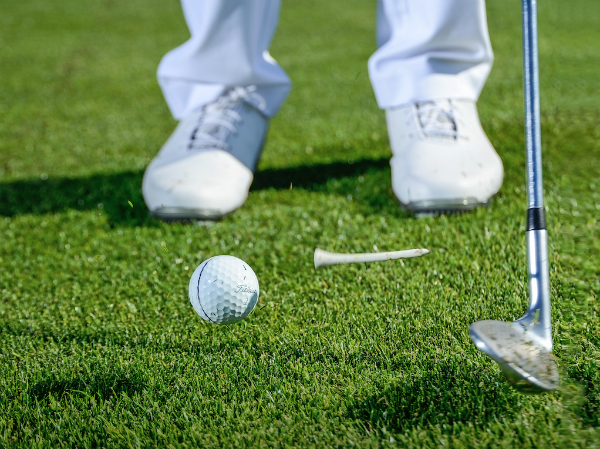
Drill #5: Thwart a ‘flippy’ iron delivery
The fault: A thin strike
A scooping attack sees the club rising through impact instead of descending. Typically, the leading edge makes contact with the ball, thinning it along the ground. With this drill, stop scooping by placing a tee under your watch strap.
How to set up this drill:
If it’s not on there already, wear your watch on your gloved- hand wrist. Push a tee peg down through the watch strap until the sharp end is around the top of the glove’s badge.
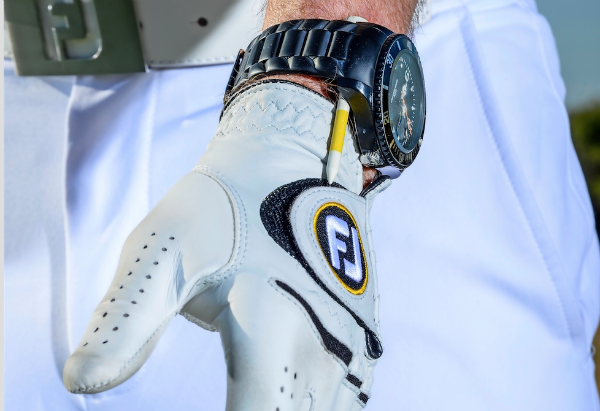
Feel the pain:
However, with that tee peg in place, any tendency to scoop the ball manifests itself in a short, unpleasant stab in the back of the lead wrist as the peg’s point digs in to the glove. It’s unlikely you’ll flick at the ball twice!
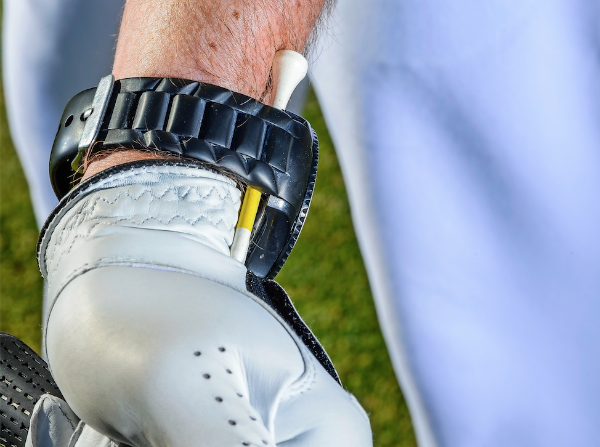
Flipping awful:
Take your 7-iron and make your regular swing. A great iron strike needs a downward blow that compresses the ball, but many club players tend to scoop the ball up into the air in a misguided attempt to launch it skyward. (Mistake is illustrated in picture below – stop yourself from doing this).

Flatter lead wrist:
Focus on keeping the lead wrist flatter through the hitting zone to help deliver a forward-leaning shaft at impact and the squeezing, downward attack this shot demands. You’ll soon know if you falter – that tee peg will give you a sharp reminder

